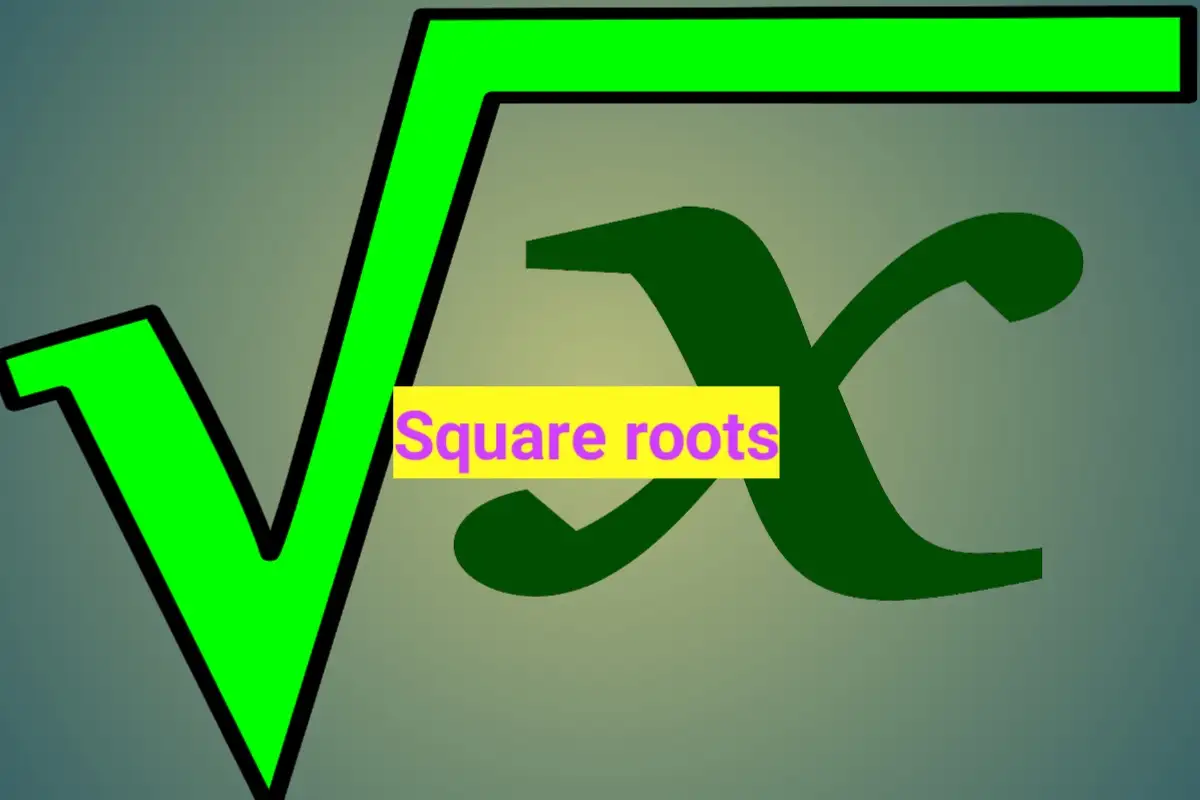I. Introduction
Squares, simple yet profound geometric shapes, are fundamental elements in mathematics and various fields. In this article, we will delve into the basics of squares, unraveling their properties, formulas, and real-world applications.
II. Properties of Squares
A. Equal Side Lengths
Squares stand out for their unique feature of having all sides of equal length. This symmetry is crucial in different contexts, making squares foundational in geometry.
B. Right Angles
Each corner of a square forms a perfect right angle, adding to its geometric precision. This property is vital in applications where precision is essential.
C. Diagonals and Symmetry
Connecting opposite corners of a square results in two equal diagonals, and this symmetry is not only visually appealing but also mathematically significant.
III. Formulas Associated with Squares
A. Area Calculation
The area of a square is calculated by squaring the length of one of its sides. Understanding this formula is pivotal for various mathematical and practical applications.
B. Perimeter Calculation
The perimeter of a square is simply four times the length of one of its sides. This straightforward formula aids in measuring the boundary of square-shaped objects.
IV. Real-World Applications
A. Architecture and Construction
Squares play a crucial role in architectural design, providing structure stability and balance. From floor tiles to window frames, squares are prevalent in construction.
B. Mathematics and Geometry
In the world of mathematics, squares are foundational for understanding more complex geometric concepts. They serve as building blocks for higher-level mathematical structures.
V. Common Mistakes to Avoid
A. Misinterpreting Properties
It’s common for learners to confuse square properties with those of other shapes. Clarifying these distinctions is key to mastering the basics.
B. Confusing with Other Shapes
Distinguishing squares from rectangles or other quadrilaterals can be challenging. We’ll explore these differences to enhance clarity.
VI. Tips for Mastering Square Concepts
A. Visual Learning Tools
Utilizing visual aids, such as diagrams and interactive tools, enhances comprehension and retention of square concepts.
B. Practice Exercises
Hands-on practice is crucial. We’ll provide some exercises to reinforce your understanding of square properties and formulas.
VII. Fun Facts About Squares
A. Historical Significance
Squares have historical importance in various cultures. Discover intriguing facts about how squares were used and revered in ancient times.
B. Famous Squares in Nature
Explore instances where squares naturally occur, from crystal formations to unique plant structures.
VIII. Squares in Art and Design
A. Geometric Patterns
Artists and designers often incorporate squares into their work to create visually appealing and balanced compositions.
B. Modern Art Influence
Discover how squares have influenced modern art movements and continue to be a source of inspiration for contemporary artists.
IX. Advantages of Understanding Squares
A. Problem-Solving Skills
Mastering square concepts enhances problem-solving skills, laying a solid foundation for tackling more complex mathematical challenges.
B. Enhanced Spatial Awareness
Understanding squares contributes to improved spatial awareness, a valuable skill in various professional fields.
X. Challenges in Squares
A. Advanced Concepts
Explore advanced squares-related concepts, challenging readers to expand their understanding beyond the basics.
B. Practical Implications
Examine how the knowledge of squares translates into practical applications, providing insights into their significance in real-world scenarios.
XII. Conclusion
In conclusion, grasping the basics of squares opens doors to a world of mathematical understanding and practical applications. Whether you’re an aspiring mathematician, an artist, or someone curious about the world around you, squares play a significant role in shaping our understanding of geometry and design.
Go to my home page: Click here
A. What are the defining features of a square?
Squares have equal side lengths, right angles at each corner, and two diagonals of equal length.
B. How do you calculate the area of a square?
The area of a square is found by squaring the length of one of its sides.
C. Can a square have rounded corners?
No, by definition, a square has four equal sides and right angles, so rounded corners are not characteristic of a square.
D. Are all squares rectangles?
Yes, all squares are rectangles, but not all rectangles are squares.
E. How can understanding squares benefit me?
Understanding squares enhances problem-solving skills, and spatial awareness, and has practical applications in various fields.
